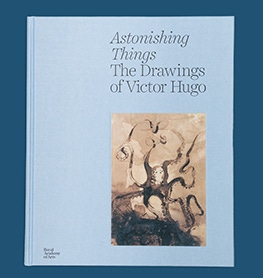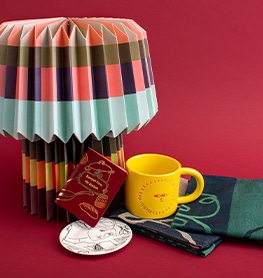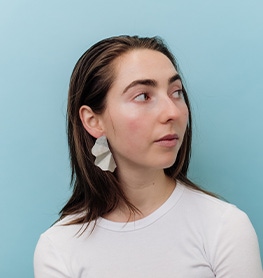The Upside Down World - Meeting With Dutch Masters
Twenty years ago, Benjamin Moser followed a love affair to an ancient Dutch town. In order to make sense of this new place, he threw himself into the Dutch museums. Soon, he found himself unearthing the strange, inspiring and sometimes terrifying stories of the artists who shaped one of the most luminous moments in the history of human creativity, the Dutch Golden Age.
The Upside-Down World is an invitation to look, and then to look again. It is a brilliant, colourful and learned book for anyone, whether a lifelong scholar or curious tourist, who has ever felt the lure of the Dutch galleries. It shows us art, and artists, as we have never seen them before.
More details
| Material | Hardback |
|---|---|
| Dimensions | 24.3 x 3.1 x 16.3cm |
| EAN/ISBN | 9780241586457 |
| SKU | 12094983 |
Delivery & Returns
UK Delivery
Enjoy free shipping on all UK orders above £50. For orders below £50, shipping is £4.95. We aim to deliver your order within 3-5 working days.
International Delivery
Shipping costs will be calculated at checkout, based on weight and destination.
For all orders outside the UK, VAT is deducted from your order at checkout. Your order may be subject to customs duties, taxes and courier charges. You are responsible for paying these charges. Please check with your local customs office for more information.
Temporary Suspension of Shipping to EU, EEA and Northern Ireland
We have temporarily halted shipping to EU, EEA and Northern Ireland due to the new GPSR regulations which came into effect on December 13, 2024. We are actively working on a solution to resume shipping to these regions as soon as possible. We sincerely apologise for any inconvenience this may cause.
For more information please refer to our Delivery Info and Returns & Refunds pages.
Product story
As he explored the hidden world of the Dutch Masters (and one Mistress), Moser met a crowd of fascinating personalities: the stormy Rembrandt, the intimate Ter Borch, the mysterious Vermeer. Through their art, he got to know their country, too: from Pieter Saenredam's translucent churches to Paulus Potter's muddy barnyards, and from Pieter de Hooch's cozy hearths to Jacob van Ruisdael's tragic trees. Over the years, Moser found himself on increasingly intimate terms with these centuries-dead artists, and found that they, too, were struggling with the same questions he was. Why do we make art? What is art, anyway - and what is an artist? What does it mean to succeed as an artist, and what does it mean to fail?












